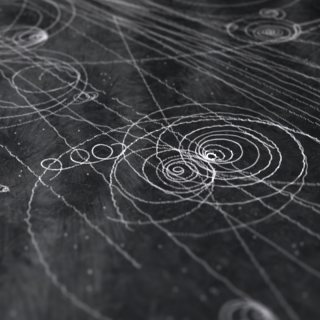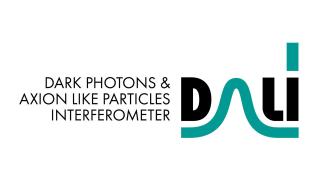
Cosmology
The physics of the Early Universe and primordial gravitational waves via measurements of the Cosmic Microwave Background. In this context, our group is involved in several key projects at the frontier of this field: the ESA´s Planck mission, the QUIJOTE-CMB Experiment, the GroundBird and LSPE-STRIP experiments, and the Tenerife Microwave Spectrometer (TMS).
The nature of dark energy and its evolution via massive spectroscopic surveys of the distant Universe. IAC is involved in a series of experiments (Planck satellite, BOSS, eBOSS and MS-DESI projects, and the future ESA´s Euclid satellite) which will shed light on the detailed dynamics of the accelerated expansion and the equation of state of this intriguing energy.
Astroparticles
Study of the most violent processes in the Universe to unveil the origin and acceleration mechanisms of cosmic rays to the highest energies. The IAC group is involved in three major collaborations: the Alpha Magnetic Spectrometer (AMS) at the International Space Station and the MAGIC Telescopes and the future CTA-North Array, at the Roque de los Muchachos Observatory (La Palma).




